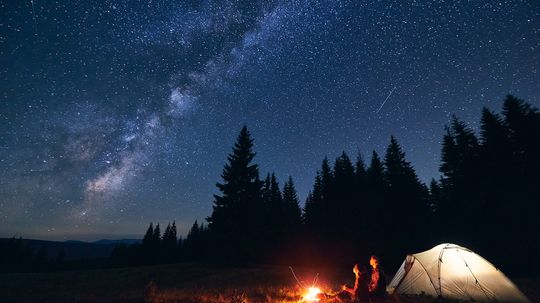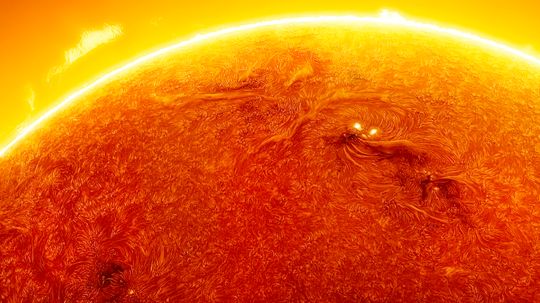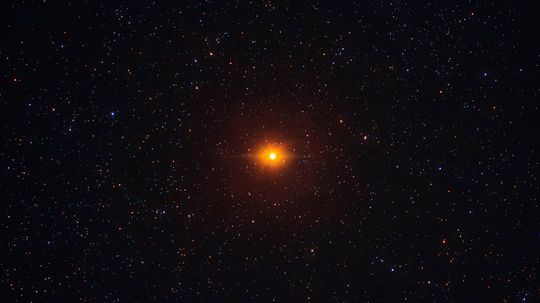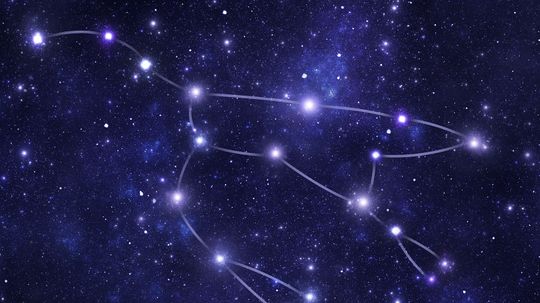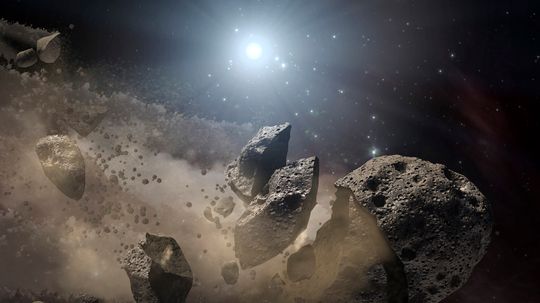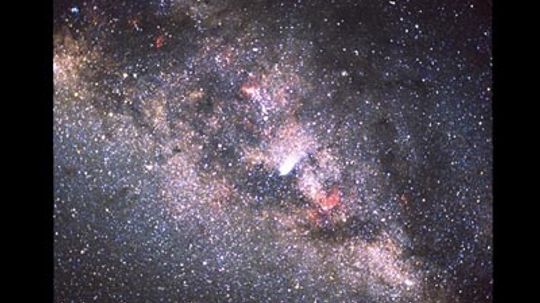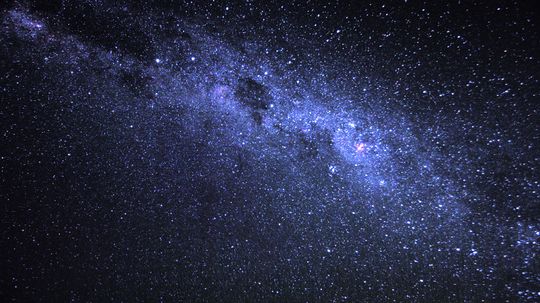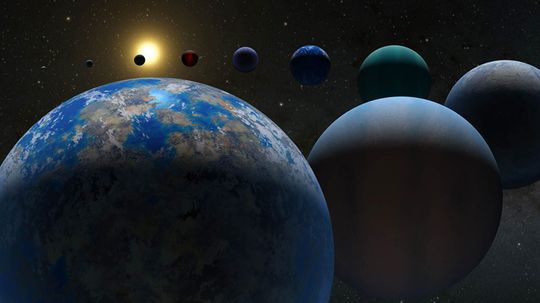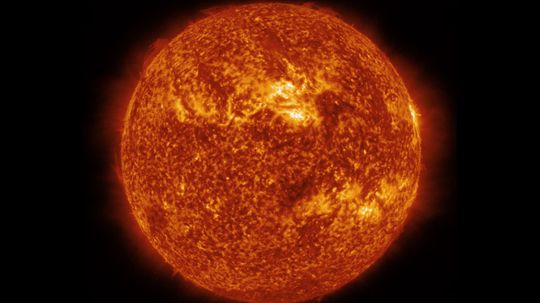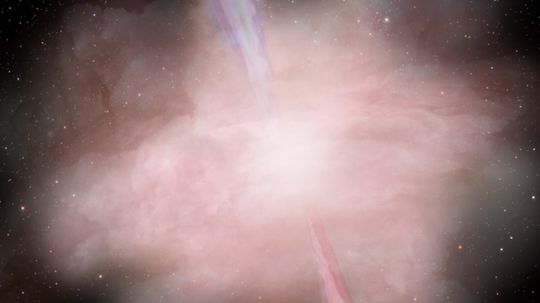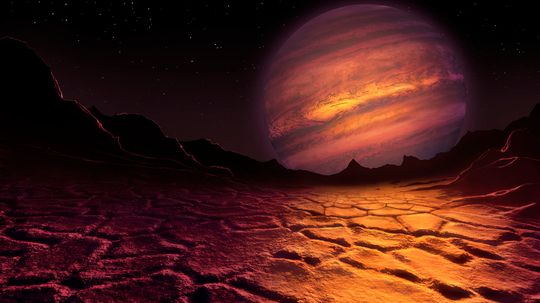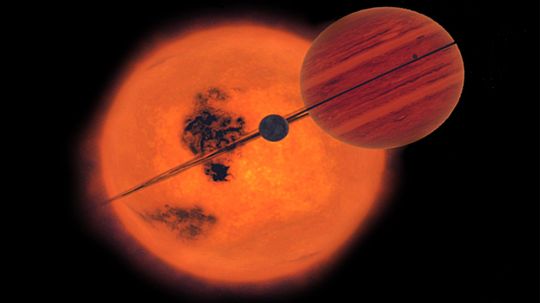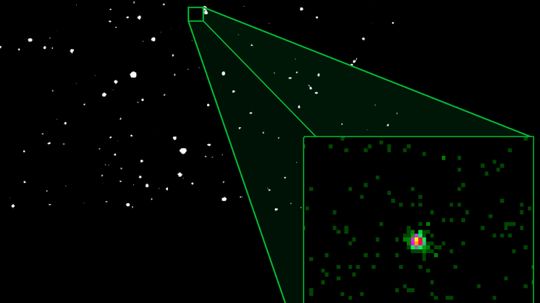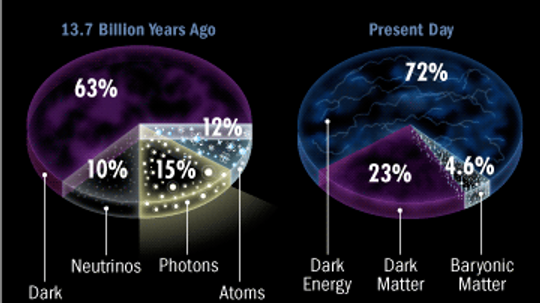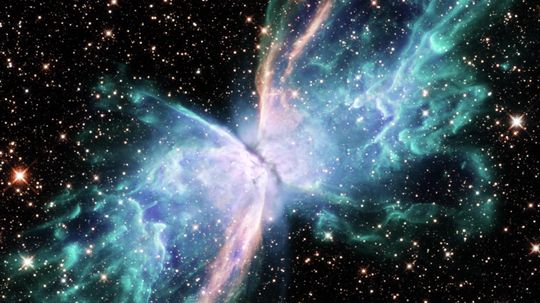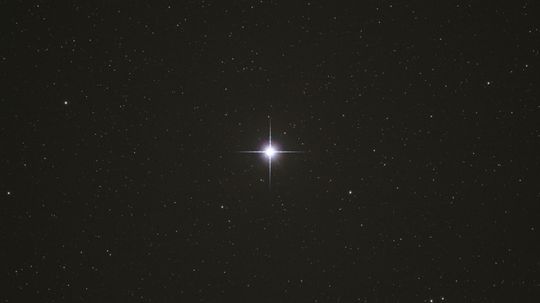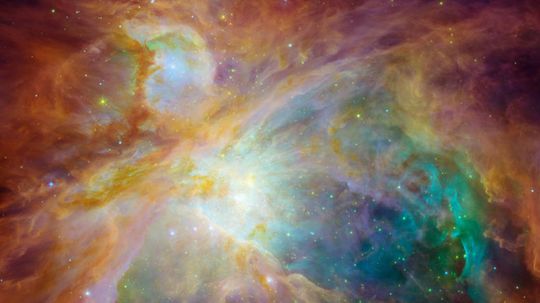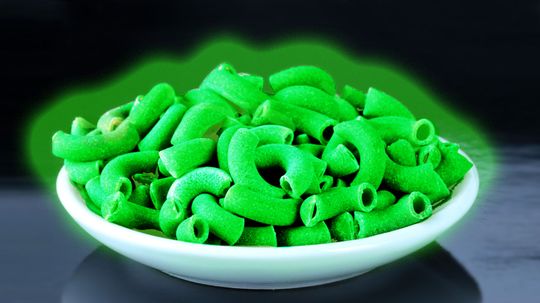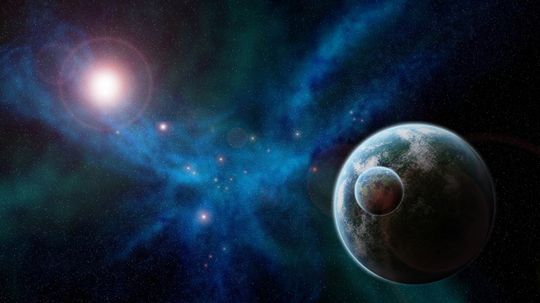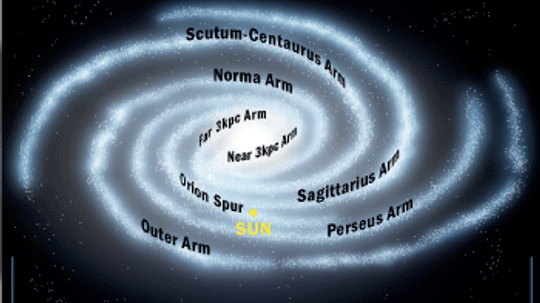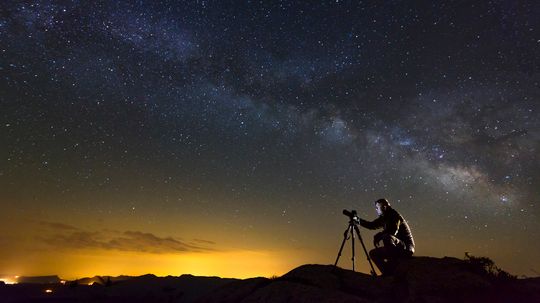Stars
Stars are celestial bodies made up of hot gases. Stars radiate energy that comes form thermonuclear reactions. In this section you will learn all about stars and their importance in the universe.
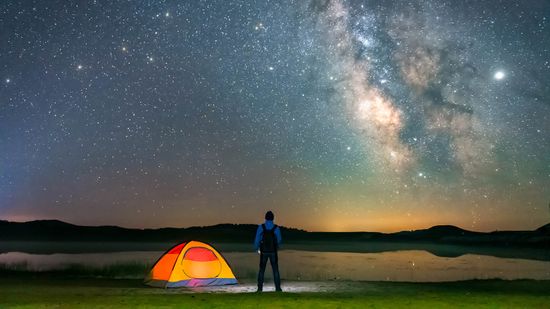
88 Constellation Names (and 24 You Can Only See From the Northern Hemisphere)
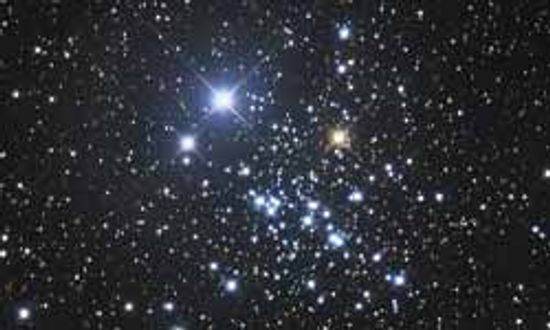
Constellation Pictures
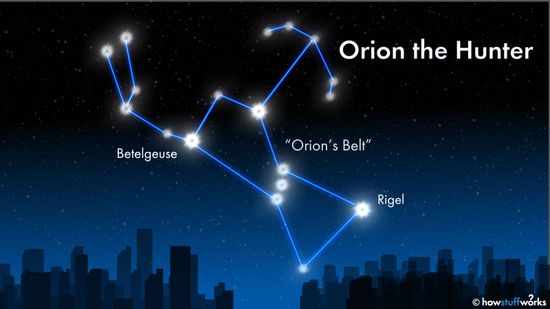
How to Find Orion's Belt in the Night Sky
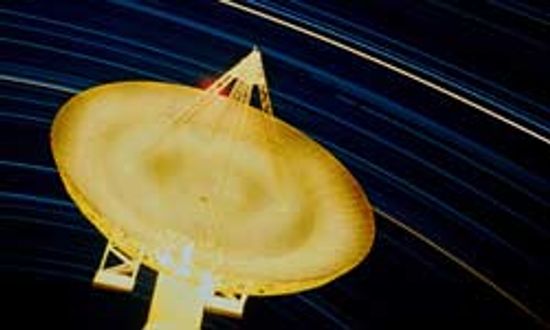
Radio Telescope Image Gallery

How do I build a telescope at home?
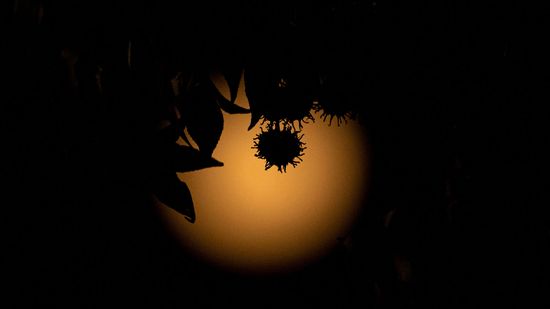
Shooting the Stars as an Astrophotographer
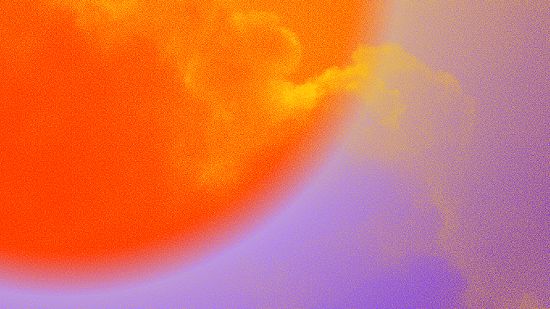
Why a Geomagnetic Storm Makes for Pretty Skies and Tech Scares
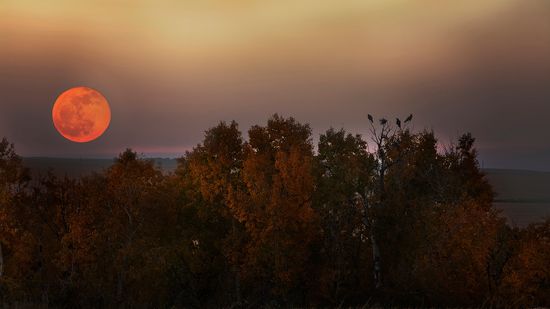
What Is a Harvest Moon?
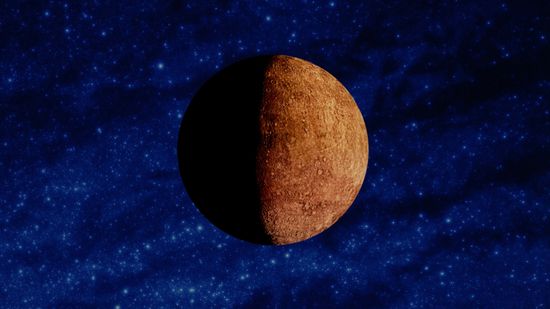
Mercury Retrograde Explained: Dates, Effects, and How to Cope
Learn More
When you look up at the night sky, you’re seeing just a small sample of the incredible variety of the types of stars in the universe. These cosmic powerhouses come in wildly different sizes, colors and life stages, each powered by nuclear fusion in its core.
In 1859, the Carrington Event was the most intense global solar storm ever recorded. The effects were felt all over the Earth.
By Ada Tseng
The night sky has fascinated humans for centuries, with people incorporating the countless twinkling stars into various navigation methods, cultural traditions, religious movements and more. Among these, a select few stand out to viewers here on Earth as being the biggest and brightest. But which is the brightest star in the sky?
By Marie Look
Advertisement
In the vast night sky, where countless stars vie for attention, one colossus reigns supreme as the largest star in the universe. Situated thousands of light-years from Earth, this celestial giant's sheer magnitude challenges our understanding of stellar physics.
Stars are giant nuclear fusion reactors, and we wouldn't exist without them. Find out how much you know about these twinkling lights with our quiz.
So what does that mean for good ol' Earth someday?
When you look up at night and see thousands of stars, have you ever wondered what you are looking at? Learn what stars are and how they live and die!
Advertisement
It turns out that measuring the distance to a star is an interesting problem! Astronomers have come up with two different techniques to estimate how far away any given star is.
A look at the night sky at any time of year will reveal a faint band of light stretching across the sky -- our solar system's home, the Milky Way. How much do we really know about it?
Exoplanets, planets beyond our solar system, have been found in their thousands in the last two decades. Before that, we barely knew about the variety in outer space.
A dying star can explode with the force of a few octillion nuclear bombs and create any element in the universe. But why do stars go supernova?
Advertisement
Arcturus is 113 times brighter than our sun, even though it's only a little bigger. What else should we know about this red giant?
Get ready for the most powerful electromagnetic explosion the universe has ever known.
Neither massive planets nor tiny stars, brown dwarfs are entirely different substellar curiosities that possess qualities of both.
Aldebaran is not just the brightest star in the constellation Taurus, it's also the 14th brightest star in the sky.
Advertisement
When a huge star collapses, it releases massive amounts of radiation in concentrated streams. If one of those streams hit Earth, it wouldn't be pretty. But where should we put "gamma-ray bursts" on our list of anxieties?
It wasn't so long ago that astronomers thought the universe contained normal matter, or baryonic matter, the base unit of which is the atom. But when it comes to the cosmos, there's always more than meets the eye. What else is hanging out in space?
Astronomers used Hubble's full range of imaging to dissect wild 'fireworks' happening in two nearby young planetary nebulas.
Star-gazers gasped when they saw how much Betelgeuse dimmed in 2019 and the reason wasn't clear. Even though it's back up to full strength, how long will it be before it explodes? We haven't seen a supernova in over 400 years.
Advertisement
Even if you've never looked through a telescope, you've probably seen Vega, one of the brightest stars in our galaxy. In fact, thousands of years ago, Vega was our North Pole star, and will be again in the future.
In this stellar nursery, firstborn stars are ruthless.
This stellar noodle is the strongest material in the cosmos!
It's not uncommon for planets to wander alone through the universe like big, sullen teenagers. But how do they end up flying solo, and could they still harbor life?
Advertisement
It's your home, and a colossally sized one at that. How much do you know about your galactic digs and their residence amid the yawning universe?
By Robert Lamb
How are stars formed? In this article we'll explain stars and learn how stars are formed.
